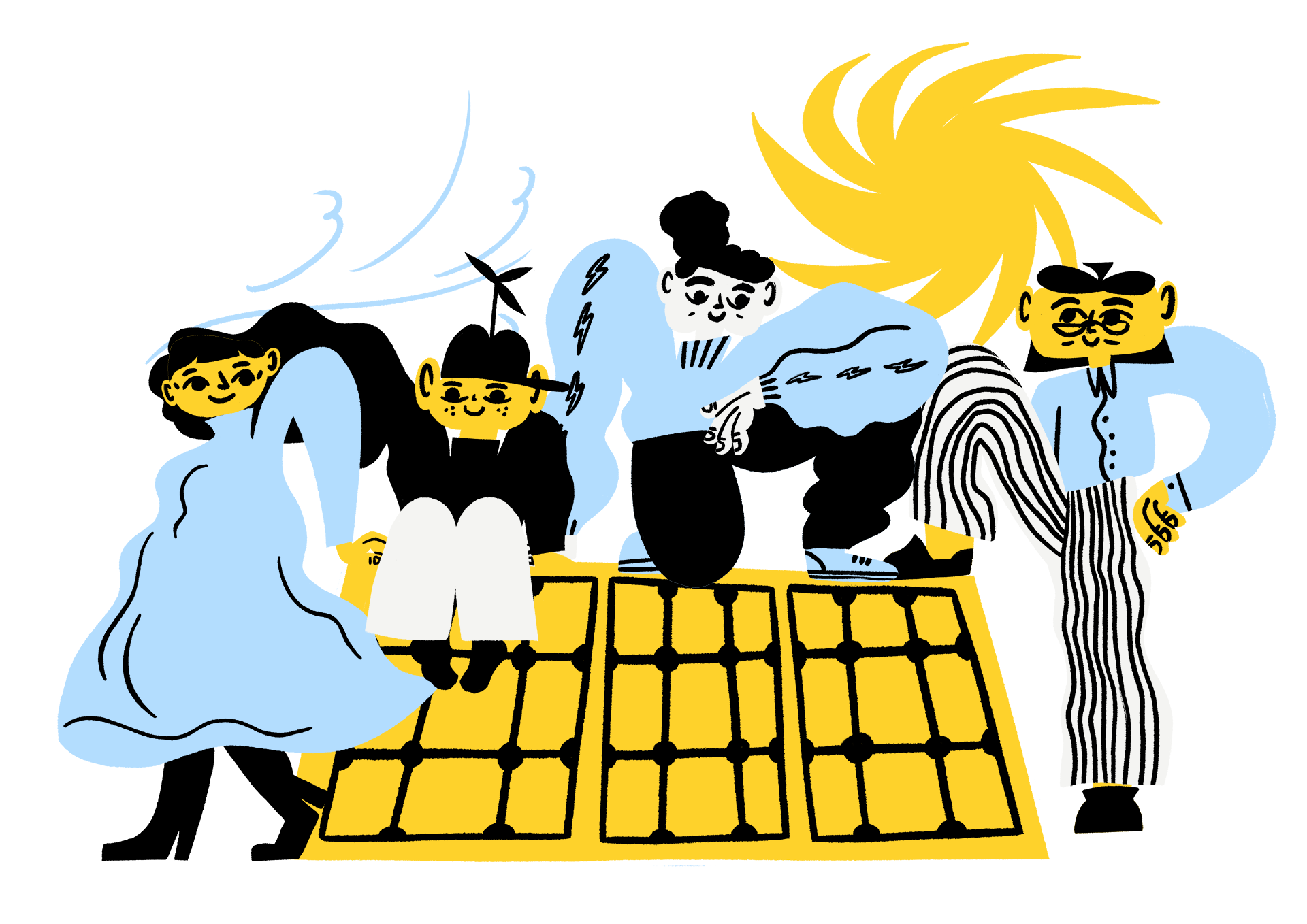It’s the year 2040 and you’re heading to work. You step into a shared electric shuttle and open up the news app on your phone. The shuttle transports you to your office comfortably and safely – even though it has no driver. This may be the future, as electric, autonomous and connected vehicles have a major role in Europe’s decarbonisation goals.
Project GRETA’s EU-wide case study examines the electric, autonomous and connected mobility network in the EU region. At GRETA’s general assembly in July 2022, we had the pleasure to hear Sven Jansen, Senior Consultant of Automated Driving from TNO Traffic and Transport, discuss the European Cooperative, Connected and Automated Mobility (CCAM) initiative and citizens’ role in it.
The European Cooperative, Connected and Automated Mobility (CCAM) is an initiative that supports EU countries and manufacturers in the transition towards connected and automated driving. CCAM is currently preparing roadmaps for the deployment of autonomous vehicles together with public authorities, major industries, and research organizations. Until now, citizens have had a limited role in the transition preparations. However, in the GRETA case study, we are studying how citizens can participate and get engaged in this sustainable mobility transition.
Transport is responsible for about a third of the final energy consumption in the EU. Electric and automated mobility has huge potential in increasing road safety while reducing congestion and environmental footprint.
Why cooperative, connected and automated mobility?
So what does cooperative, connected and automated mobility actually mean? And how does it benefit the energy transition and safety on the roads?
Cooperative means that vehicles can communicate with each other sharing information on their actions and perceptions in real-time. For example, trucks could drive with less room between them if they could share their speed and actions with each other without delays. This could improve safety and comfort for the drivers and reduce energy consumption, component wear, as well as damage and loss due to accidents.
Connected means that vehicles use technology to connect with traffic signals, signs, and other road items or obtain data from the cloud. This enables shared mobility solutions and the orchestration of automated vehicles. For example, automated shared shuttles can be used as transport instead of private vehicles. This can reduce inefficient use of private cars and energy consumption due to congestion.
Automated means reducing human involvement in driving. This makes it possible to optimize driving for energy efficiency and improved safety but also to free our time for leisure or working while driving. Already today there are semi-automated vehicles, such as cars with autopilot functions, that we see on the roads. However, there is still some work to be done before we can have fully autonomous vehicles that don’t require a driver at all.
“The key objective for automation is safer transportation. There are already many technologies today that we use to improve safety in vehicles. However, in order to succeed, the technology needs to be, first and foremost, attractive to consumers,” says Sven Jansen.
The GRETA project partners got a demonstration of an automated vehicle that is used in user acceptance tests in CCAM.
What is the citizens’ role in the transition?
The deployment of these new types of vehicles poses multiple challenges that still need to be solved. How can we ensure the safety of these vehicles? How to integrate them into the transport system? How to arrange data storage and sharing while ensuring the cyber security of the increasingly connected mobility systems?
In addition to all these technical and economic questions, the transition requires user awareness and acceptance and understanding of the socio-economic and environmental impacts of the change.
“The industry is already pushing for this shift – however, the deployment is very much dependent on the citizens who end up using and also investing in the vehicles,” Jansen explains.
In the SHOW project, funded by the European Commission within the CCAM initiative, mobility services with automated vehicles are demonstrated in 20 cities in 13 EU countries. The project includes a variety of vehicle concepts for both people and goods. The main target of the project is to demonstrate automated public transport to citizens and increase the interest of stakeholders in the widespread deployment of CCAM in public transport services.
“The key topic in the project is user acceptance by improved service level and comfort. You can’t push people to try these technologies if they can’t see the benefits,” says Jansen.

